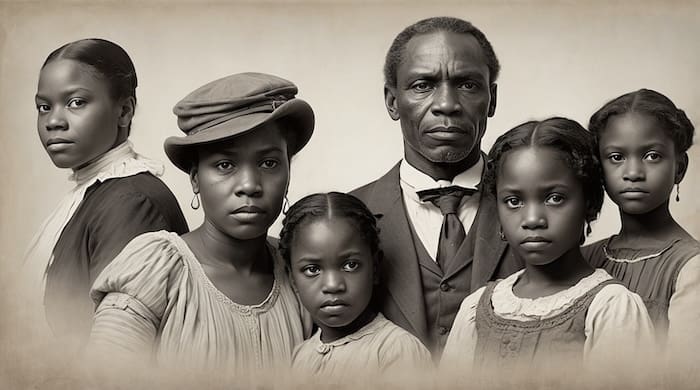United States Federal Census Records
1790–1950
US Federal Census Records
“US Federal Census Records are one of the most valuable resources for African American genealogy. From 1790 through 1950, these census schedules document families, communities, and changes in African American life, helping researchers trace ancestors through slavery, emancipation, and Reconstruction.”
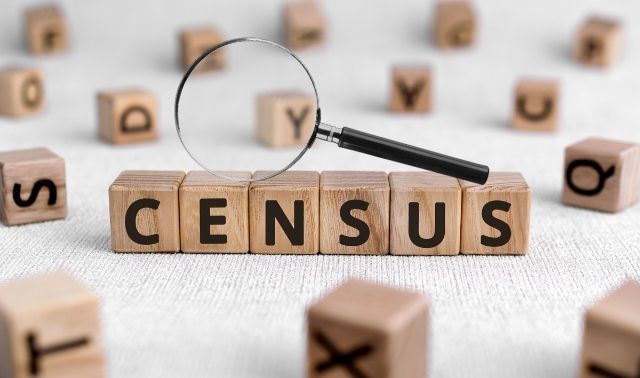
African American census records
- Ancestry.com
- FamilySearch
- National Archives
- US Census Bureau
- Blank Forms
| US Census Bureau Records | ||||||||||
| 1790 | 1800 | 1810 | 1820 | 1830 | 1840 | |||||
| 1850 | 1860 | 1870 | 1880 | 1890 | ||||||
| 1900 – Part 1 | 1900 – Part 2 | 1910 | 1920 | |||||||
| 1930 | 1940 – Part 1 | 1940 – Part 2 | 1950 | |||||||
US Federal Census Timeline
This timeline includes 1790 to 1950, the U.S. Census changed how it labeled African Americans, reflecting laws and racist ideas of the time. Enslaved people were counted only as numbers, while later categories like “Black,” “Mulatto,” “Colored,” and “Negro” were used.
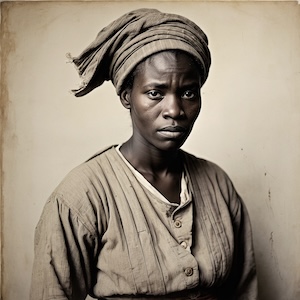
First U.S. Census
1790
1790 – First U.S. Census Enslaved people counted only as numbers, not names. Free Black individuals listed by name as “other free persons.” Rooted in the Three-Fifths Compromise (1787).
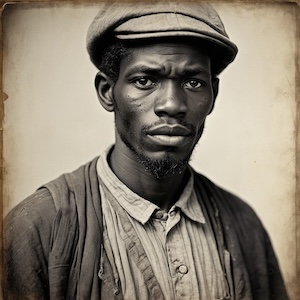
Early Censuses
1800–1840
Same pattern: heads of household named; enslaved tallied by age, sex, and race categories. Free Black households named but sometimes marked separately.
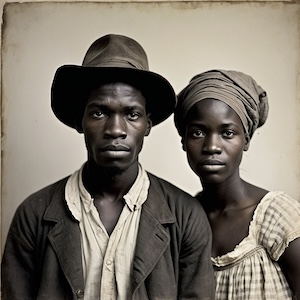
Two Major Changes
1850
Free Population Schedule: All free persons, including free African Americans, listed by name. Slave Schedule: Enslaved listed only by age, sex, color, and owner’s name—still no individual names.
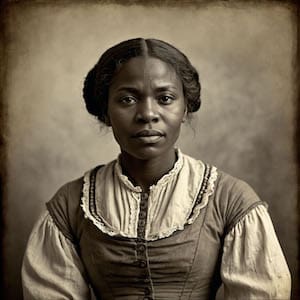
Last Pre-Emancipation Census
1860
Free Black individuals named. Enslaved still listed anonymously in Slave Schedules. This census became a benchmark just before the Civil War.
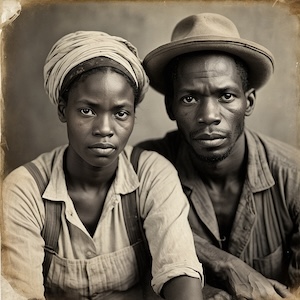
First Census After Emancipation
1870
First time all African Americans (formerly enslaved and free) listed by name. Major breakthrough: families could now be traced in official records. Key for genealogists linking enslaved ancestors to free households.
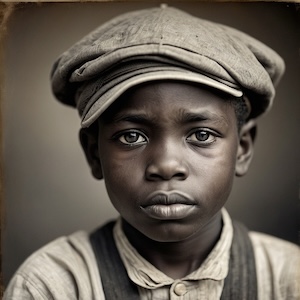
Relationship to Head of Household Added
1880
Helped reconstruct family groups for Black families still rebuilding after slavery. Allowed recognition of kinship and household structures, critical in post-emancipation history.
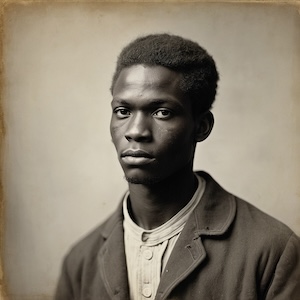
Mostly Lost to Fire
1890
Would have shown the first full generation after emancipation in greater detail. Only fragments survive, making the 1900 census especially valuable.
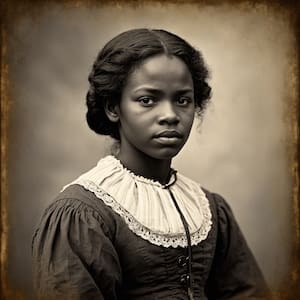
Mother of How Many Children / Number Living
1900
Gave insight into fertility, mortality, and health of Black families. Reflected struggles with poverty, segregation, and high child mortality rates.
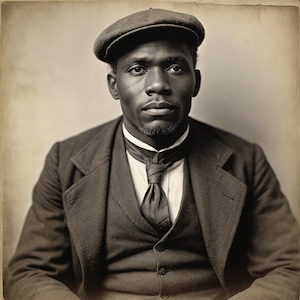
Expanded Race Categories
1910
Some enumerators used “Mulatto” as a category, exposing racialized classifications. Also captured migration patterns as the Great Migration began.
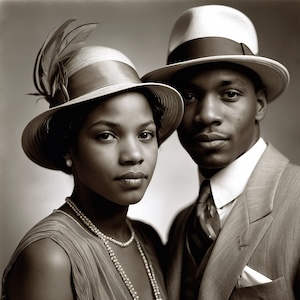
Citizenship and Immigration Focus
1920
Fewer direct changes for African Americans, but highlighted internal migration from South to North.
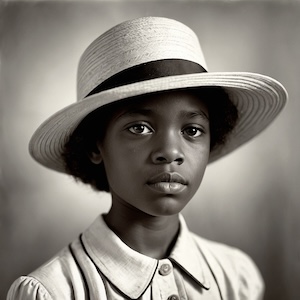
Race Recorded with More Nuance
1930
“Negro” used; “Mulatto” dropped. Captured more of the second wave of the Great Migration.

Sampling and Employment Questions
1940
New details on education, employment, and migration. Helped document economic conditions of Black communities in the Depression.
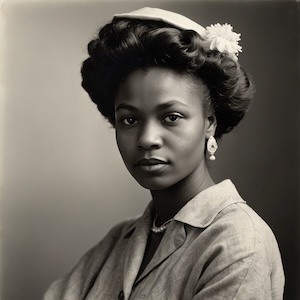
Pre-Civil Rights Era Census
1950
Tracked post-WWII migration, including large numbers of Black families moving to urban centers. One of the last censuses before sweeping Civil Rights reforms.
1850 and 1860 Slave Schedule
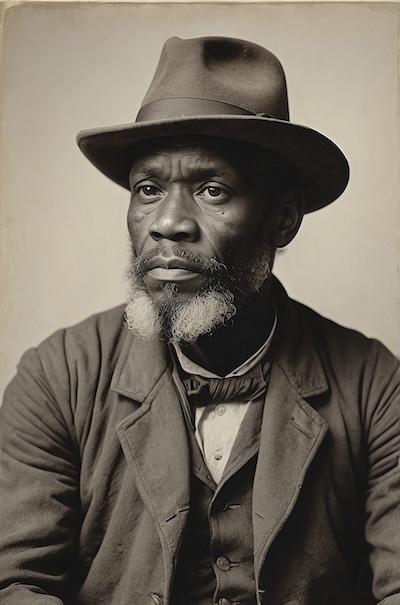

Schedule 1 - Free Inhabitants
African American census records like the Schedule 1 was designed to record all free inhabitants, which included both white individuals and free people of color.
Schedule 2 - Slave Inhabitants "Listing the Slaves"
➡️ Schedule 2 was specifically for documenting the enslaved population.
1850 Slave Schedules
1860 Slave Schedules
1850 Slave Schedule - 2 With Errors
The typical practice in both the 1850 and 1860 Slave Schedules was to omit the names of enslaved people.
Names of enslaved individuals were very rarely included in the Slave Schedules. If names were recorded, it might have occurred due to a clerical exception or in specific local contexts, like in a supplementary note.
To find the names of enslaved individuals from these areas, researchers usually need to look into other types of records, such as wills, probate records, bills of sale, or manumission records.
| 1850 - Schedule 2 with Errors | ||||
| County | Download PDF | County | Download PDF | |
| Bowie County, Texas | Utah Territory | |||
| Scott County, Tennessee | ||||
| 1860 - Schedule 2 with Errors | ||||
| Boyd County, Kentucky | Twiggs County, Georgia | |||
| St. Louis, MO - 2nd Ward | ||||
| Hampshire County, Virginia | ||||
| Eastern District | Western District | |||
| Romney C H | ||||
| Wakulla County, Forida | ||||
| Newport, County | Sofshey, County | |||
| Shel Point, County | ||||
| Washington County, TN | ||||
| Boons Creek | District 8 | |||
| District 6-8 | Jonesboro | |||
U.S. Federal Census Mortality Schedules (1850–1885)
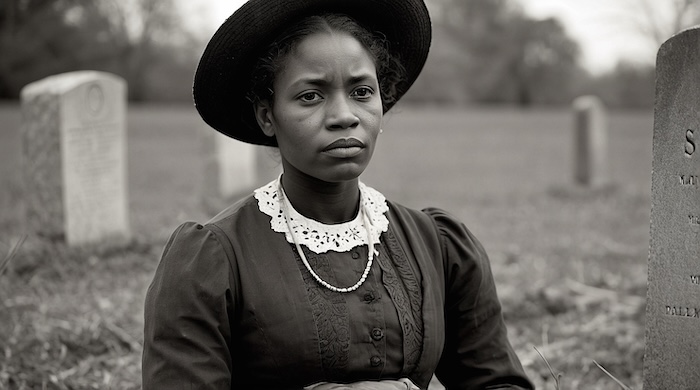
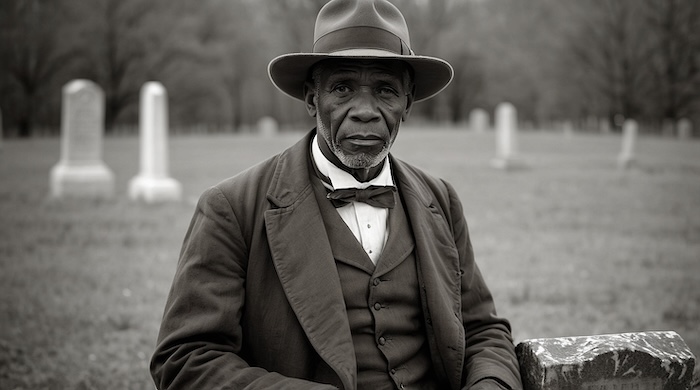
These are non-population census schedules that list people who died in the 12 months before the census date. They were taken with the 1850, 1860, 1870, and 1880 federal censuses, and again in 1885 for a handful of states/territories. Typical fields include name, age, sex, race, marital status, birthplace (often of the person and parents), occupation, month of death, cause of death, and notes about residence/disease, with column sets varying slightly by year.
The schedules cover deaths June→May preceding the census year (e.g., 1860 schedules include deaths from June 1, 1859–May 31, 1860). This “last 12 months” rule is consistent across 1850–1880 (and the 1885 enumerations where taken).
Who appears, including enslaved people (1850 & 1860).
Unlike the 1850–1860 slave population schedules (which usually omitted names), the 1850 and 1860 mortality schedules often record the names of enslaved decedents and note whether a person was “free” or “slave.” That makes them rare federal-level death lists for enslaved individuals prior to Emancipation.
Alabama & Virginia Census Return of the Black Population
After the Civil War, the U.S. government and some states wanted to understand the lives of newly freed African Americans. Two important sets of records were created during this time:
- Alabama, 1866 State Census (Colored Schedules):
- ➡️ This was the first statewide count after the war. It listed the names of African American heads of households and gave details like age, sex, and sometimes even the name of the person who had enslaved them. These records often show families coming together for the first time as free people.
- Virginia, Freedmen’s Bureau Census Returns (1865–1868):
- ➡️ These were local counts, not for the whole state. Freedmen’s Bureau officers in certain counties wrote down names, ages, and other details about Black residents. Some lists include occupations or where people had lived before freedom.
- Why These Records Matter
- ➡️ They fill the gap between the 1860 U.S. Census (when enslaved people were not named) and the 1870 Census (the first to list African Americans by name).
- ➡️ They often give clues about former enslavers, which helps connect families back into slavery-era records.
- ➡️ They show the early steps of freedom—where people lived, how families were formed, and what communities looked like right after emancipation.
| Alabama - Census Return of the Black Population | |||
| Roll | Date | Location | |
| 19 | 1865 and June - July 1868 | Huntsville and Athens (Claims Agent) | |
| Virginia - Census Return of the Black Population | |||
| Roll | Date | Location | |
| 61 | 1866 | Census Return of Colored Population of Mecklenburg County | |
| 68 | Undated | Census Returns of Blacks in Montgomery County | |
| 74 | 1864 | Census of Colored Population of Accomack County | |
| 161 | Undated | Census Returns of Black Population of Princess Anne County | |
| 195 | June 1866 - Aug. 1867 | Smyth County (Endorsement Sent) | |
| 198 | Undated | Census Returns of Black Population of Pulaski, Wythe, and Carroll Counties | |
| 198 | 1865 | Census Returns of the Black Population of Montgomery, Grayson, Smyth, Giles, Roanoke, Craig, and Floyd Counties | |
| 199 | 1865-67 | Register of Indentures and Contracts and Census Returns of the Black Population of Floyd County | |
1885 states/territories with mortality schedules (federal-assisted state census): Colorado (M158), Florida (M845), Nebraska (M352), New Mexico (M846), North Dakota (manuscript at SHSND), South Dakota (GR27). Survival and location vary by state.
The 1926 U.S. Census of Religious Body
The Census Bureau and American Churches
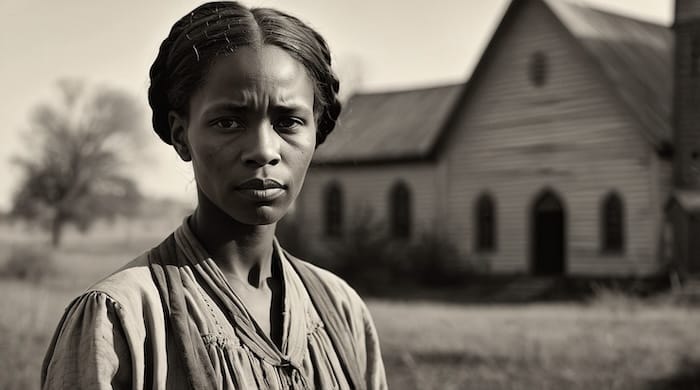
In the 1800s, the U.S. government collected information about churches as part of the regular population census, which is taken every ten years. In 1902, Congress created the U.S. Census Bureau as a permanent office. After that, the Census Bureau was allowed to conduct a separate survey every ten years that focused only on religious groups.Lorem ipsum dolor sit amet, consectetur adipiscing elit. Ut elit tellus, luctus nec ullamcorper mattis, pulvinar dapibus leo.
From 1906 to 1946, the Census Bureau collected information from churches, synagogues, and other religious organizations across the United States. The Bureau published summary reports based on this information, but most of the original forms filled out by each congregation were not kept. Today, only the records from the 1926 religious census still exist. These records are stored at the National Archives in Washington, DC.
The 1926 census records are very valuable for learning about religious life in the early 1900s. They include details about each congregation, such as the number of members, the ages and genders of members, how much money was spent on church buildings and missions, and the name of the minister. The records also note whether the minister attended a seminary and list the church’s denomination. The Census Bureau organized churches into 213 different religious groups. In addition, the records often show where each congregation was located, including the county, city or town, and sometimes even the street address.
Nonpopulation Census Records
Nonpopulation Records
(Umbrella Term)
- ➡️ Definition: "Nonpopulation schedules" is a broad category used by the U.S. Census Bureau to describe census records that collected information other than general population data.
- ➡️ Years Taken: First gathered systematically in 1850, 1860, 1870, and 1880 (with some earlier/later state or territorial exceptions).
Types Included:
- ➡️ Agricultural schedules: information about farms and farm production.
- ➡️ Manufacturing/industrial schedules: factories, mills, workshops.
- ➡️ Mortality schedules: people who died in the year prior to the census.
- ➡️ Social statistics schedules: taxes, schools, libraries, churches, etc.
- ➡️ Defective, dependent, and delinquent classes schedules (1880): records of people in prisons, asylums, orphanages, etc.
Canada Censuses 1825-1931
Starting in 1851, most census records included the names of every resident, their country or province of birth, age and many other details.
Library and Archives Canada holds an extensive collection of Canadian census records from 1640 to 1926, and for Newfoundland from 1671 to 1945. Our holdings are listed in the sections below.


